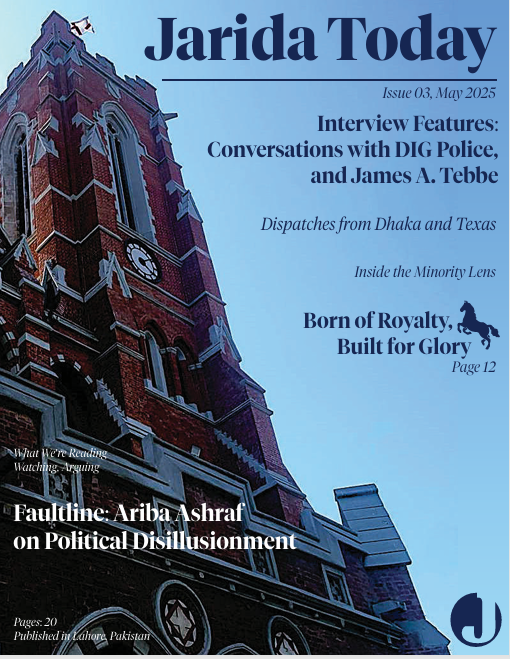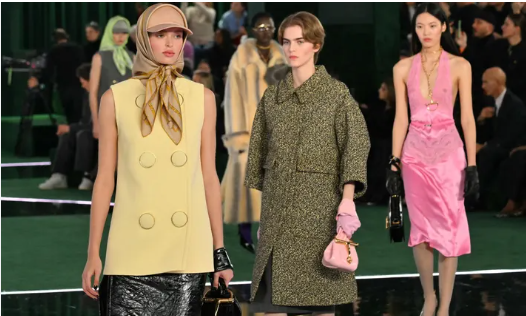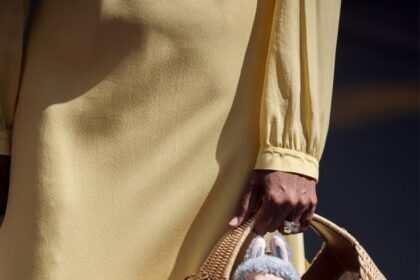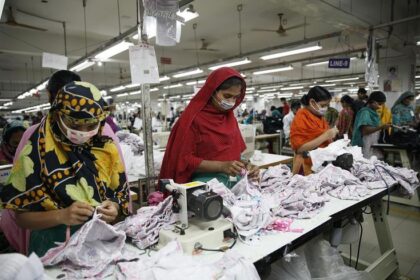In recent years, there has been a rise in modest fashion, a style which was once seen as ‘niche’ and is now on Milan’s runways and Instagram feeds. Major brands such as H&M, Dolce & Gabbana and Nike are all releasing hijab-friendly or modest lines. Loose silhouettes and covered arms, which were once seen as overly conservative, are now celebrated on high-end global runways. Hijabi influencers such as Halima Aden are being featured in global fashion campaigns. While on the surface this can be framed as inclusivity, it is actually a contradiction, as modest fashion is gaining capital, while Muslim women — those most associated with this fashion style — are subjected to bans, violence and discrimination.
Modest fashion expanding in the West goes hand in hand with the intensifying Islamophobia. Countries like France, India and Switzerland face outright bans on hijabs in public places, such as offices and schools, while in the UK and US, Muslim women report large-scale harassment and surveillance. So the question now is, how can a style be marketed as desirable when women fear for their lives while wearing it? The same hijab on a Nike model is banned in a classroom in France. The same abaya redesigned as a runway piece will raise warning signs going through Transportation Security Administration (TSA). This demonstrates that modesty is not a stylistic choice but rather a political move, depending on who wears it.
Furthermore, the commercialisation of modest fashion has done little for Muslim women within the fashion industry. Their styles are imitated, but they are left out of decisions regarding the work that they use as a means of income, while for other brands, it’s merely a trend. The pioneers of this modesty movement are not given their due credit when their ideas are taken over by major brands.
Modest fashion is only ever accepted when it is stripped of its origins, leaving its Muslim identity behind. It will remain hollow unless and until Muslim women and designers are given due credit — and the injustice of Islamophobia is acknowledged and addressed.















